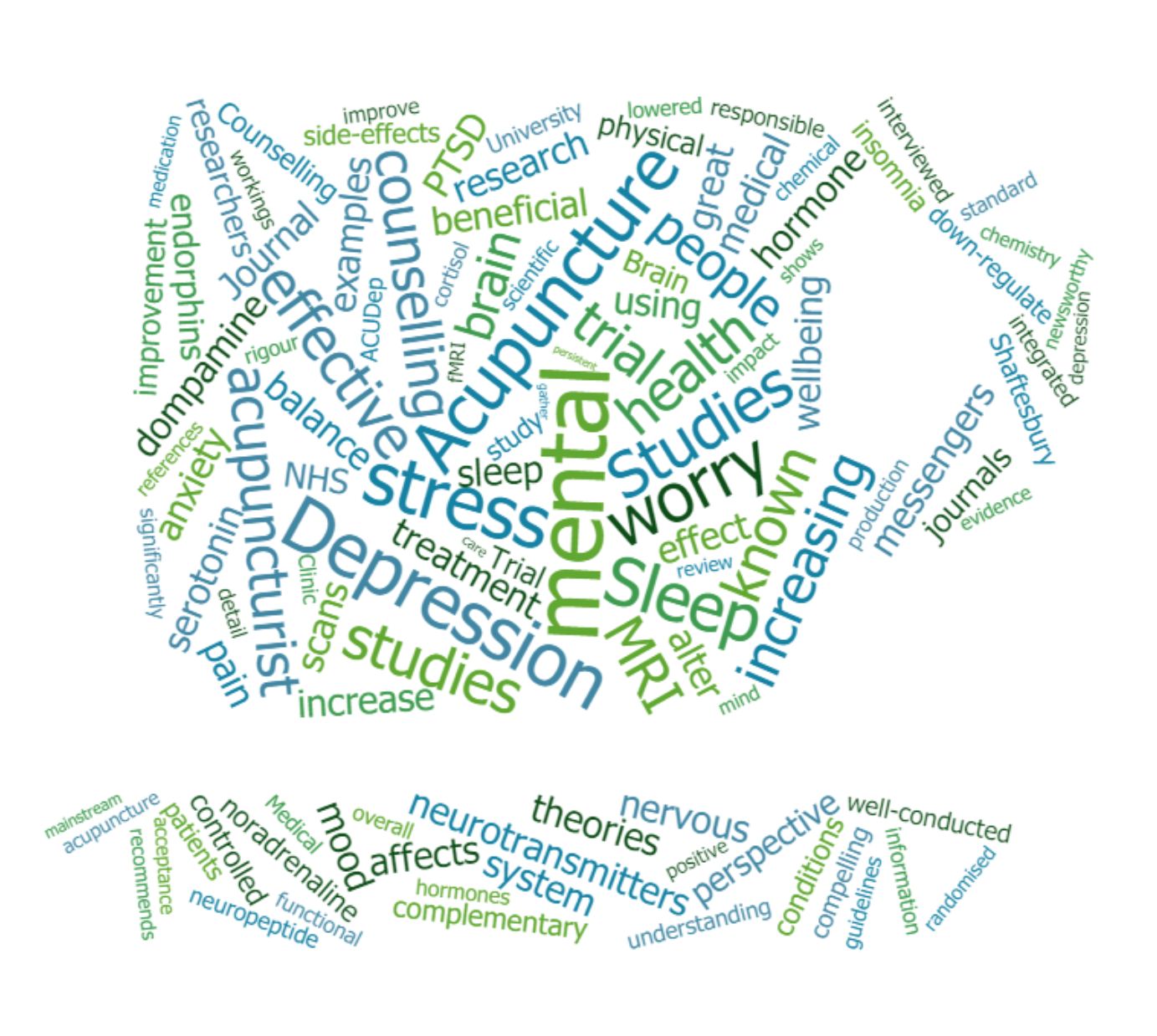Dr Kiran, on BBC Morning Live recommends Acupuncture as part of the strategy for migraine
Here are the links to the original show: BBC Morning Live Series 6: 27/09/2024 (from 40 to 48 minutes, approximately). Dr Kiran recommends acupuncture at minute 48 – right at the end!
Read on to find out more about migraine, including how many people suffer with it in the UK; who migraine affects; the stages and symptoms; and the triggers and treatments of this debilitating condition.
At the end of the blog are some resources to find out more about the research on acupuncture use for migraine.
Understanding Migraine: Unravelling the Mystery
On Friday 27th September, 2024, on Morning Live (BBC), the discussion, led by Dr. Kiran Morjaria, highlighted the significant impact migraines have on individuals and society, including 3 million work absences annually due to this debilitating condition. One of the show’s presenters, Michelle, and Dr Kiran both spoke of their own experience as sufferers, and it was revealed that migraine that affects approximately 1 in 7 people.

What is Migraine?
Dr. Kiran explained that migraine is a complex neurological condition.
Migraines are caused by “neurogenic inflammation in the first division of trigeminal sensory neurons”, and Dr Kiran acknowledged that this is just as complex as it sounds: involving blood vessels, nerves, and chemicals in the brain. Migraines can present with various neurological symptoms such as vision changes, weakness, and speech problems.
Who is Affected?
Migraines are more common in females aged 25-55 and can run in families, indicating a genetic component. Hormonal changes, particularly during the menstrual cycle, can also trigger migraines.
Stages of a Migraine
Migraines typically progress through four stages:
- Prodrome: Occurs hours to days before the migraine. Symptoms include tiredness and yawning.
- Aura: Happens 5-60 minutes before the headache. Warning signs include changes in vision, sensory disturbances, speech problems, and weakness.
- Headache: Lasts 4-72 hours. Characterized by one-sided throbbing pain, nausea, vomiting, and sensitivity to light and sound.
- Postdrome: Lasts 24-48 hours. Often described as a “migraine hangover,” it can take a day or two to feel normal again.

Common Misconceptions
Migraines are often misunderstood as just bad headaches. However this is not the case: nor are they a mental health issue, although Dr Kiran pointed out that stress can trigger them, and migraines can affect the mental health of sufferers. Another misconception is around the link to stroke, and Dr Kiran explained that while migraines cannot cause strokes, there is a slight increase in stroke risk for those with migraine with aura, who should be under the care of their GP, as there are some medications they cannot have due to these risks.
Treatment and Prevention
Treatment aims to reduce the severity and frequency of migraines. Over-the-counter painkillers like ibuprofen and paracetamol can sometimes help, but overuse can lead to medication-overuse headaches. Prescription medications, such as triptans, are often used for more severe cases.
Preventative measures include identifying and avoiding triggers, which can be tracked using a migraine diary. Common triggers include lack of sleep, alcohol, caffeine, stress, and certain foods like chocolate. Mindfulness, acupuncture, and vitamin B2 supplements were also recommended preventive treatments that Dr Kiran mentioned.
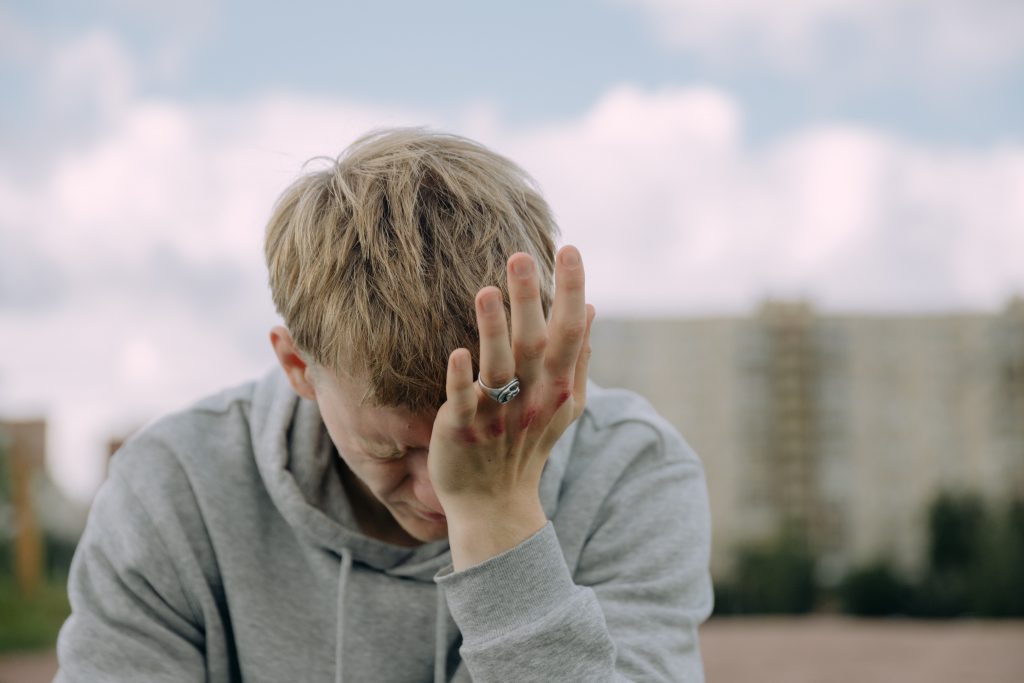
Acupuncture with Shaftesbury Clinic
If you are interested in exploring acupuncture for migraine, see our link here to our resources page: Migraine – Condition Resources | shaftesburyclinic, as Dr Kiran recommended it, is also good to know there is research evidence to back this up, alongside recognised mechanisms of action as to how acupuncture’s effects are achieved, and those are covered (and fully referenced) on that page.
You should always go in the first instance to your GP and let them know you’re looking at this approach but we are very happy to liaise with them about your care, and we often receive referrals from medical colleagues (GPs and neurology consultants) for these issues.
Links
https://www.bbc.co.uk/iplayer/episode/m00238dk/morning-live-series-6-27092024

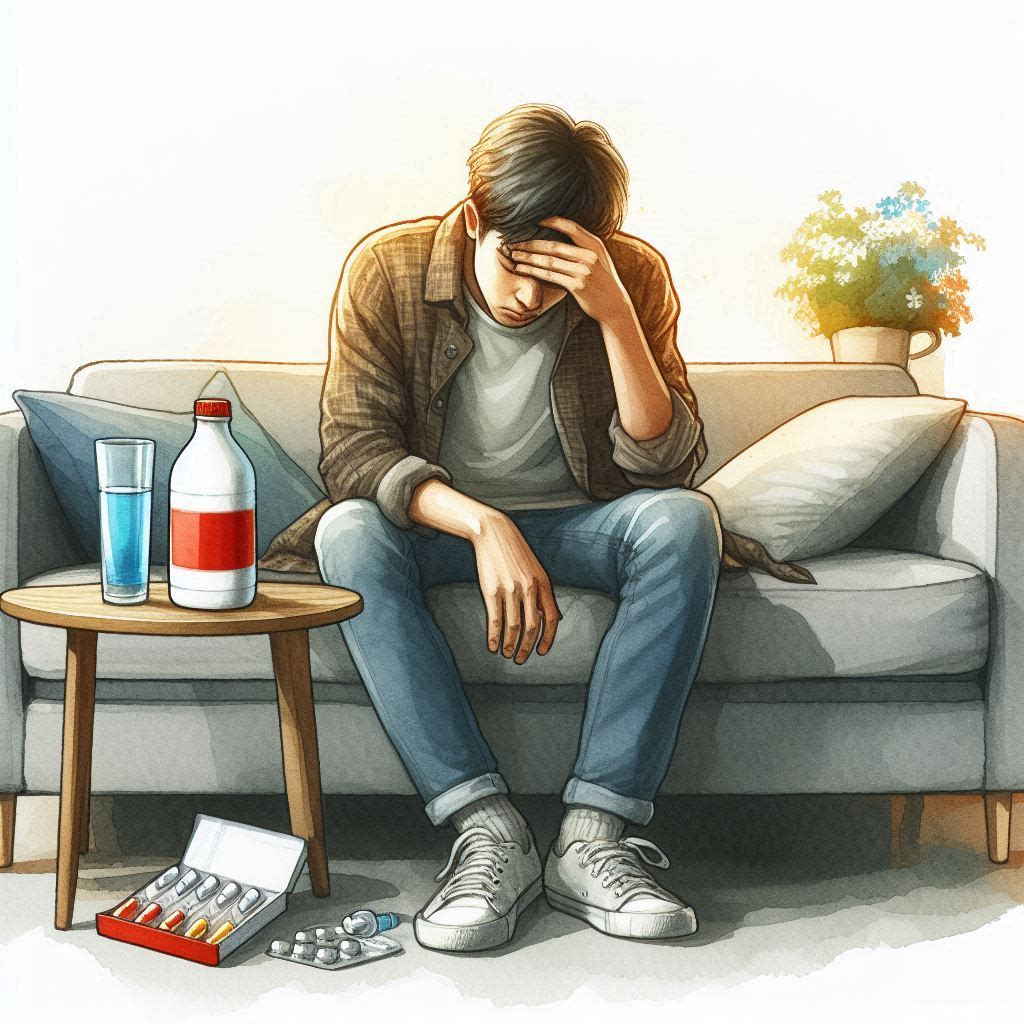


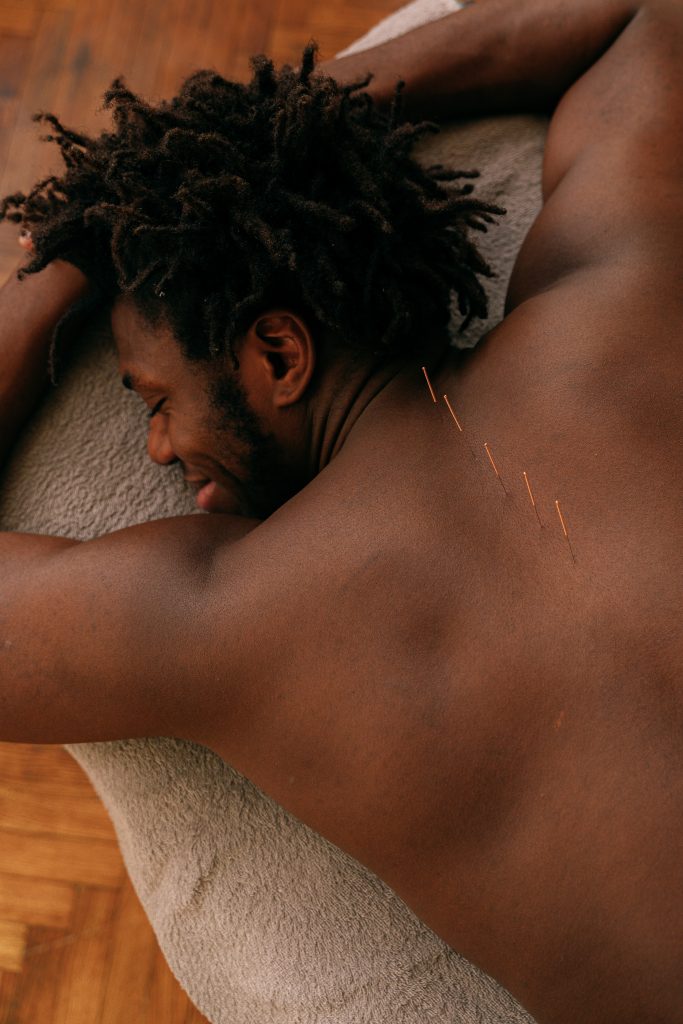











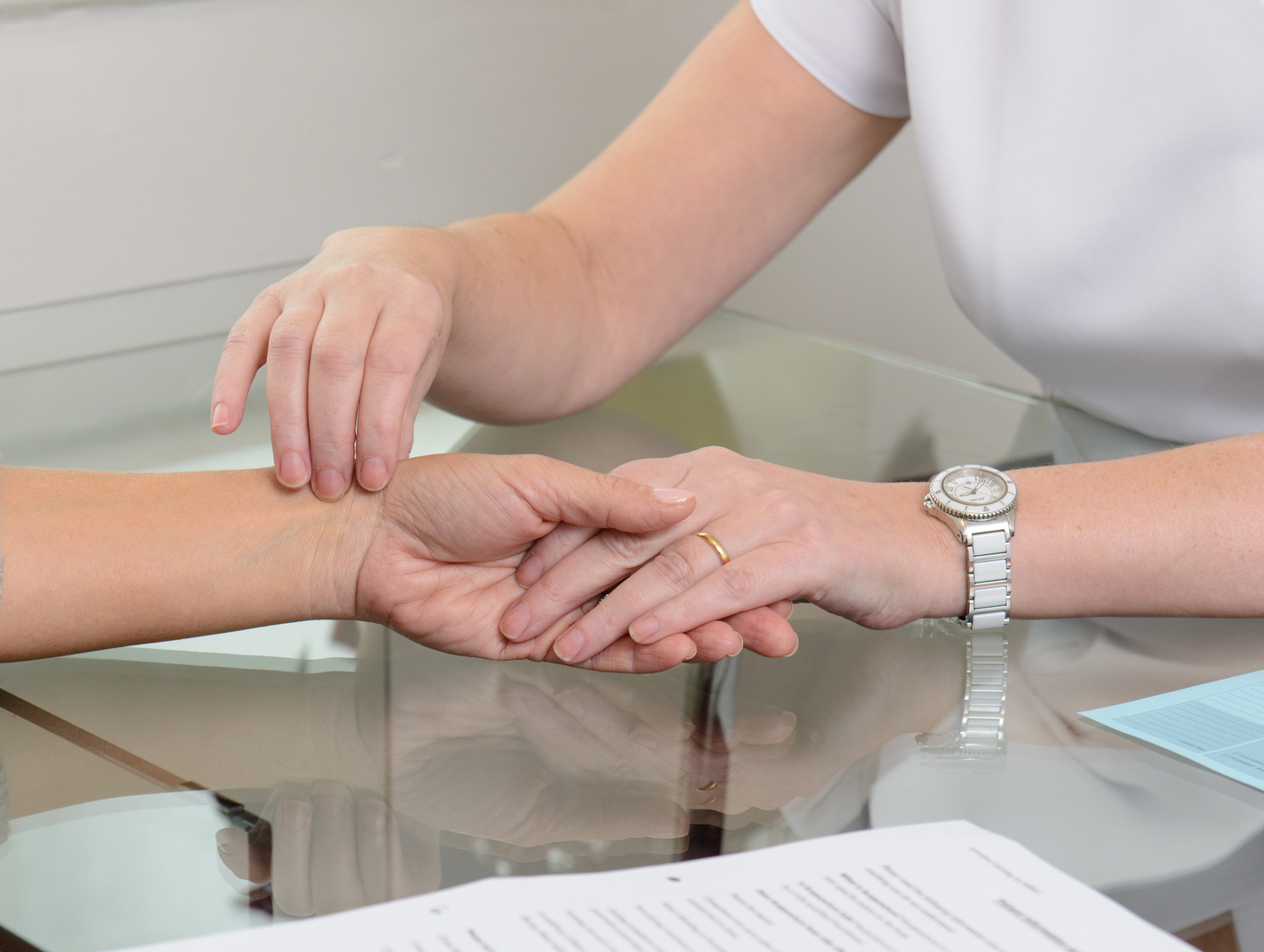
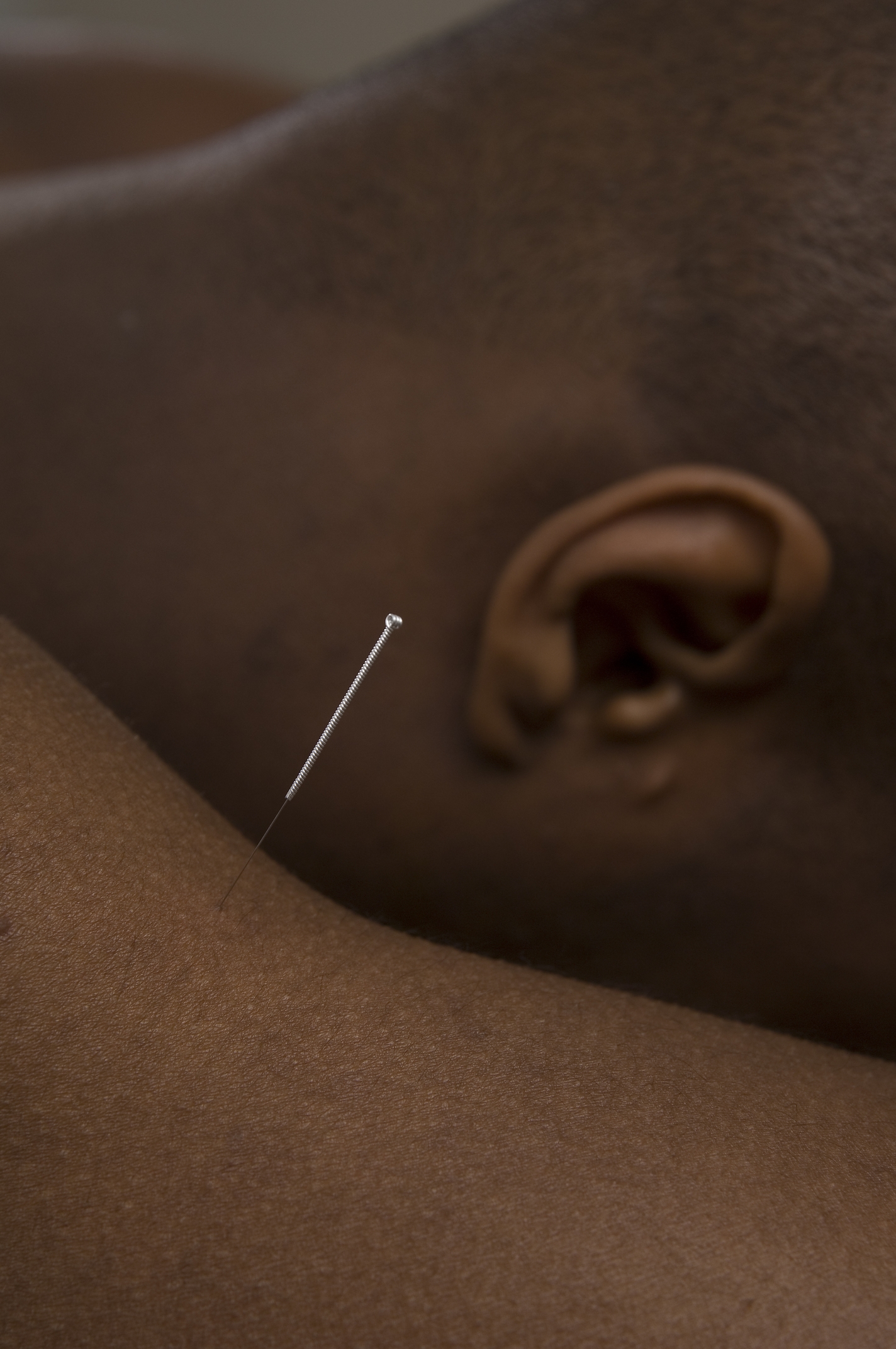 Helen: How can someone interested in acupuncture find out more, and book in with you?
Helen: How can someone interested in acupuncture find out more, and book in with you?